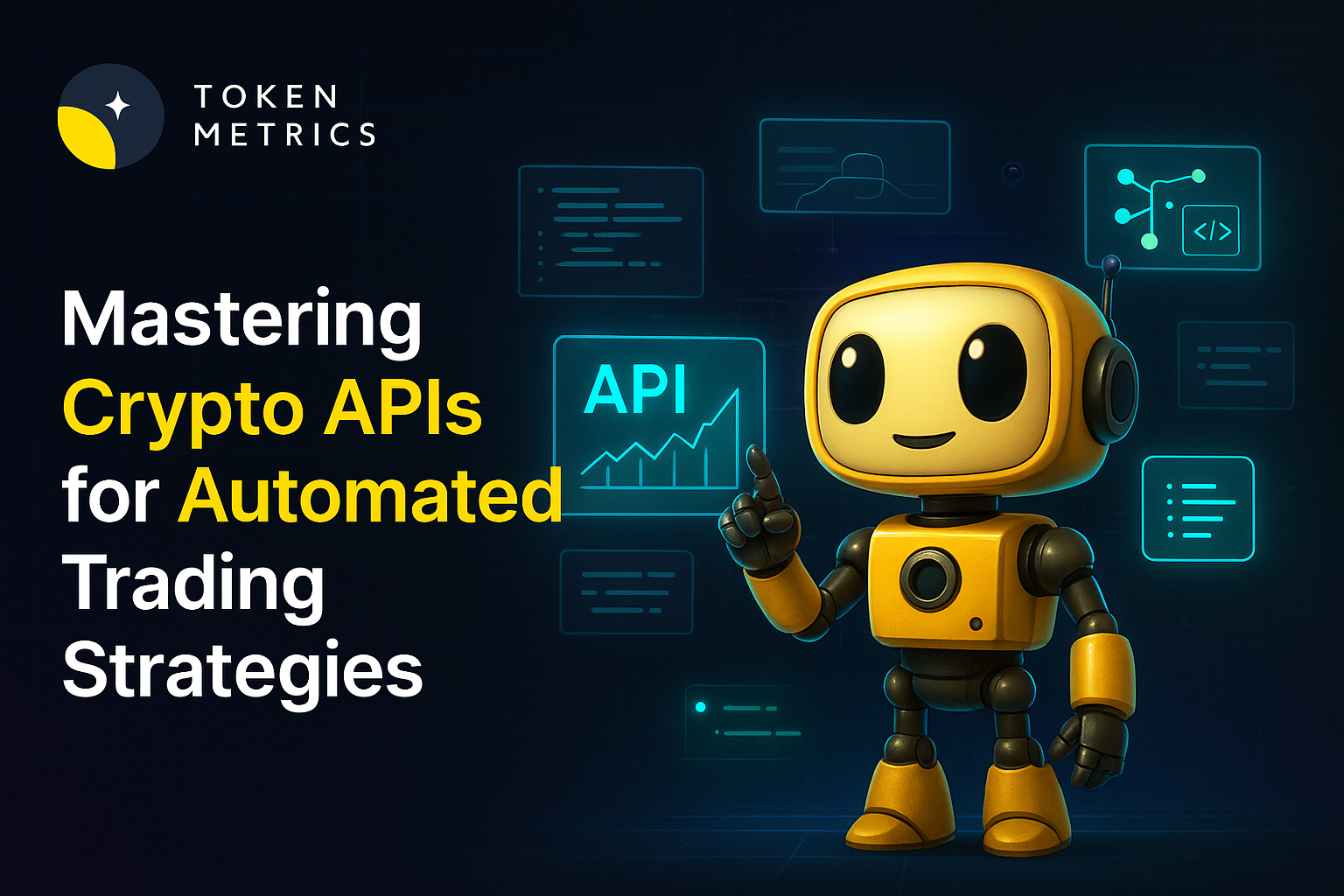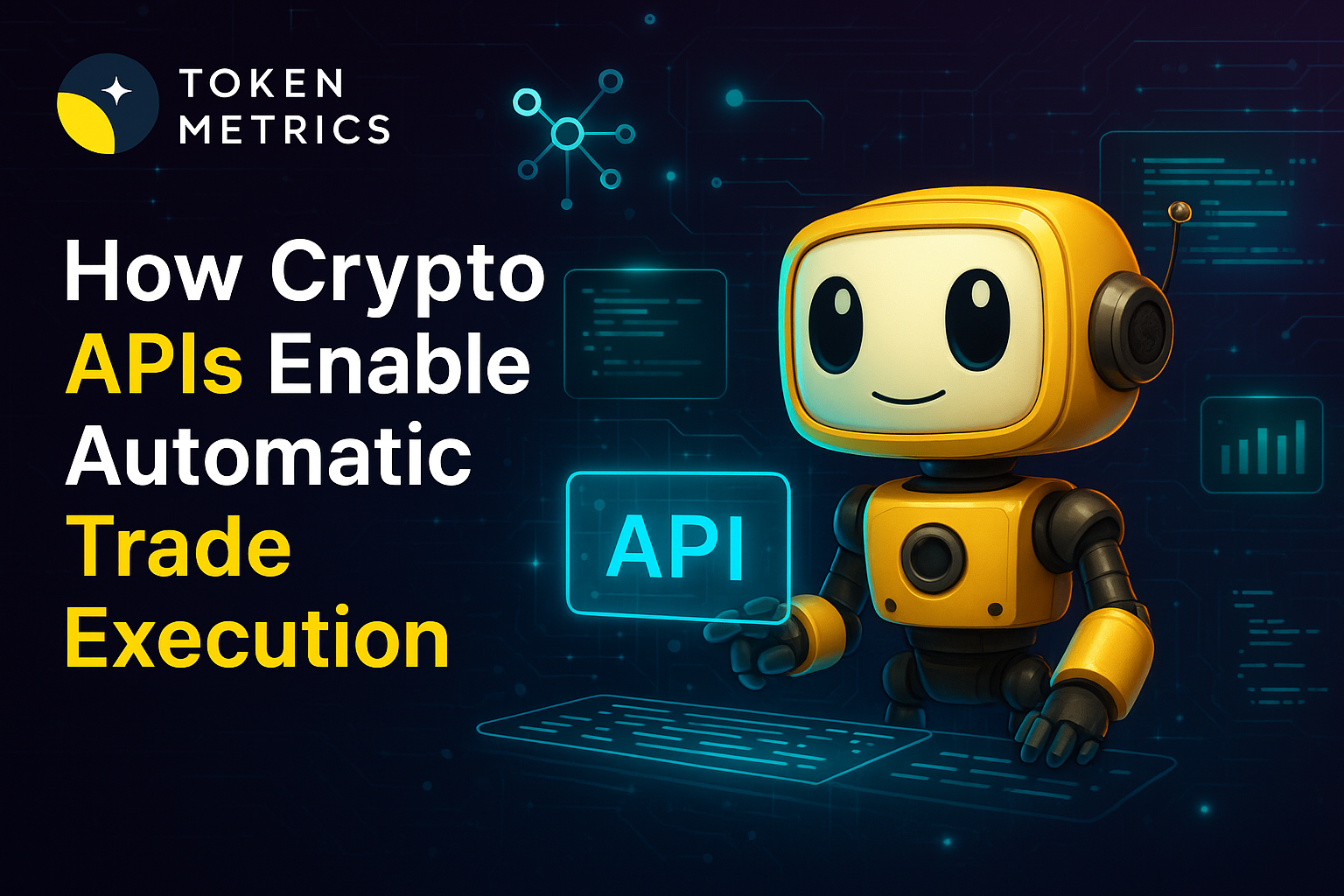The Best Cryptocurrencies to Mine in 2025: A Comprehensive Guide

Cryptocurrency mining remains a viable way to earn passive income in 2025. However, with advancements in blockchain technology, changing mining algorithms, and rising energy costs, selecting the best cryptocurrencies to mine has become more complex than ever. This guide explores the top cryptocurrencies to mine in 2025, providing valuable insights to help you make informed decisions.
What is Crypto Mining?
Cryptocurrency mining is the process of validating transactions on a blockchain network by solving complex cryptographic puzzles using computational power. Miners are rewarded with cryptocurrency tokens for successfully securing the network and verifying transactions.
There are three primary types of mining:
- CPU Mining – Uses a computer's central processing unit. This method is largely obsolete due to inefficiency.
- GPU Mining – Utilizes high-performance graphics processing units, making it ideal for mining altcoins.
- ASIC Mining – Employs specialized hardware for maximum efficiency, often used for Bitcoin mining.
Top Cryptocurrencies to Mine in 2025
With evolving blockchain technology, some cryptocurrencies remain profitable to mine, while others have become impractical. Here are the best choices for 2025:
1. Bitcoin (BTC)
- Mining Reward: 3.125 BTC/block (post-2024 halving)
- Mining Method: ASIC mining (SHA-256)
- Profitability: Moderate to high, depending on electricity costs and mining difficulty
- Why Mine? Bitcoin remains the most valuable and widely adopted cryptocurrency, making it a reliable long-term investment.
2. Kaspa (KAS)
- Mining Reward: ~166 KAS/block
- Mining Method: GPU mining (KHeavyHash)
- Profitability: High due to its energy-efficient algorithm
- Why Mine? Kaspa is gaining traction for its innovative blockDAG architecture, allowing faster transaction speeds and scalability.
3. Monero (XMR)
- Mining Reward: 0.6 XMR/block
- Mining Method: CPU & GPU mining (RandomX)
- Profitability: Moderate, but offers privacy-focused transactions
- Why Mine? Monero is ASIC-resistant, keeping mining accessible to individuals using consumer hardware.
4. Dogecoin (DOGE)
- Mining Reward: 10,000 DOGE/block
- Mining Method: GPU & ASIC mining (Scrypt)
- Profitability: Moderate, depending on market price
- Why Mine? Dogecoin maintains a strong community and high transaction volume, making it an excellent alternative to Bitcoin and Litecoin.
5. Ergo (ERG)
- Mining Reward: 45 ERG/block
- Mining Method: GPU mining (Autolykos 2)
- Profitability: High for GPU miners due to its energy efficiency
- Why Mine? Ergo offers smart contract functionality with an energy-efficient mining process, making it attractive for sustainable mining.
6. Ravencoin (RVN)
- Mining Reward: 2,500 RVN/block
- Mining Method: GPU mining (KawPow)
- Profitability: Moderate
- Why Mine? Ravencoin is ASIC-resistant, ensuring fairer mining opportunities for individual miners.
7. Litecoin (LTC)
- Mining Reward: 6.25 LTC/block
- Mining Method: ASIC mining (Scrypt)
- Profitability: Moderate to high
- Why Mine? Litecoin remains a stable, well-established cryptocurrency with faster transactions than Bitcoin.
8. Zcash (ZEC)
- Mining Reward: 3.125 ZEC/block
- Mining Method: GPU mining (Equihash)
- Profitability: Moderate
- Why Mine? Zcash offers strong privacy features and is supported by major exchanges.
How to Start Mining in 2025
Step 1: Choose a Cryptocurrency
Research the best coin for your hardware and profitability.
Step 2: Set Up a Mining Rig
- CPU/GPU miners: Build a computer with multiple GPUs.
- ASIC miners: Purchase specialized hardware.
Step 3: Install Mining Software
Popular options include CGMiner, NiceHash, and PhoenixMiner.
Step 4: Join a Mining Pool
Pooling resources with others increases chances of consistent rewards. Top mining pools include F2Pool, Slush Pool, and 2Miners.
Step 5: Monitor & Optimize
Track electricity usage, optimize settings, and stay updated on network difficulty.
Pros and Cons of Crypto Mining
Pros:
- Passive income potential
- Supports blockchain security
- Can be profitable with the right setup
Cons:
- High electricity costs
- Hardware can become obsolete
- Increased mining difficulty over time
Is Crypto Mining Still Profitable in 2025?
The profitability of mining depends on factors such as electricity costs, mining difficulty, and market prices. Bitcoin mining remains profitable for those with access to low-cost energy and high-performance ASIC miners. However, GPU mining is still viable for altcoins like Kaspa, Ergo, and Ravencoin.
With the increasing focus on energy efficiency and sustainability, miners should consider eco-friendly mining operations to stay competitive.
Final Thoughts
Crypto mining in 2025 continues to evolve, offering opportunities for individuals and businesses. Whether you choose to mine Bitcoin, altcoins, or privacy-focused cryptocurrencies, conducting thorough research and optimizing your setup is crucial for success.
If you're looking to get started with mining, make sure to consider hardware costs, electricity consumption, and long-term profitability before making your decision.
Create Your Free Token Metrics Account

.png)




%201.svg)
%201.svg)


%201.svg)










.svg)




.png)